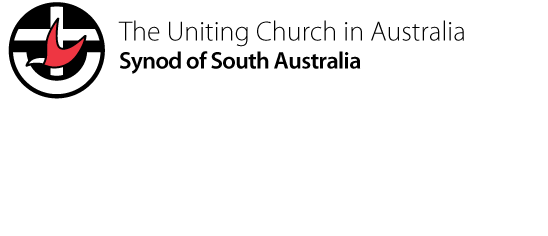WHS: Incident Management
Accidents/Incidents are unplanned occurrences which result or contribute to personal injury or damage to property (or could have potentially done so, in the case of near misses).
The following steps are essential to managing an Incident once injury or damage is attended to:
- Incident to be reported immediately to the Manager/Supervisor
- Incident to be reported by the Manager/Supervisor to Synod Office as follows:
a) If it is considered a Notifiable Incident = immediately
b) If it is NOT considered a Notifiable Incident = within 72 hours - Notifiable Incidents are to be reported to SafeWork SA immediately after becoming aware that a notifiable incident has occurred (whether an incident is deemed notifiable to be confirmed by Synod office first)
- Incident to be recorded on an Incident Report Form
- Ensure any witnesses also record their version of events
- Incident to be recorded onto an Incident Report Database/Spreadsheet
- Investigation of the incident to be conducted (ensuring all contributing factors are identified and recommendations for remedy are made – using “Hierarchy of Controls”)
- Identified hazards to be entered onto the Hazard Register
- Controls to be implemented
- Controls to be reviewed
- Information/feedback/consultation to occur with person involved in the incident
- Information/feedback/consultation to occur in meetings involving all Workers.
Reporting the Incident
It is vital that expedient notification be given to Uniting Church Insurance Services for all incidents or circumstances which are “Notifiable” to SafeWork SA and/or may result in a potential claim needing reporting to our Insurer. A definition of “Notifiable Incidents” can be found within the Incident Management Policy (Appendix 2) – please ensure all Church Council members and Manager/Supervisors are thoroughly conversant with that which constitutes a ‘Notifiable Incident.”. It is important that all church Workers are aware of the importance of reporting incidents immediately to their supervisor/delegated representative, so that any “Notifiable Incident” are then reported to Uniting Church Synod Office immediately to meet with legislative requirements.
For emergency after-hours notification only (where the next day is not a working day - eg. weekend or public holiday), please contact either of the following:
| Karen Granger, | Human Resources Manager, | 0402 325 333 | (employee incidents) |
| WHS Co-ordinator (to be appointed) | (all other incidents) |
Recording the Incident
All accidents, incident and near misses must be recorded on an “Incident Report Form” and maintained for a minimum five year period. This is important to meet the requirements of the Work Health and Safety Act 2012 and will assist in identifying common safety issues. It is highly recommended that any incident which has the possibility of becoming a Public Liability claim not be destroyed. A claim may be brought about years later – especially if it involves a child, who may decide to seek compensation much later as an adult.
Investigating the Incident
Accident investigations are undertaken to establish the factors which contributed to the accident in order to prevent similar accidents from reoccurring. Investigation should be carried out thoroughly and methodically, as a thorough investigation will often highlight a number of factors at fault which can be removed, thereby eliminating or minimising the potential of a repeat occurrence. Survey the area where the incident has occurred and take photos of the area showing the cause of injury (if known) and/or damage to property. Whilst one person must coordinate the investigation, it may involve a team of people, it should include all of the people who were, or may have been associated with the incident either in the form of giving statements or just passing opinion. Information can be gathered from:
- Eye witnesses
- Other persons who perform/performed the same role
- Maintenance personnel (this may be a contractor)
- Manufacturers/suppliers
- Other people who do the same job or share the equipment etc.
In fact, anyone who can throw light on the incident should be consulted – the more contributing factors that are found, the greater the opportunity to mitigate against repetition. Consider all systems and whether they were adequate – consider everything that could have contributed to what went wrong. Things to look for:
- Procedures – are there Safe Work Procedures in place and were they well communicated?
- Training – was induction performed on commencement and did they receive regular refresher/new systems training?
- Management/Supervision – was adequate planning, instruction and resources in place?
- Personal Protective Equipment – identify required/adequate PPE – were they being used correctly and are they in a good condition?
- Plant & Equipment – was correct/appropriate equipment used – do they have adequate safeguards and are they regularly serviced & maintained in good working order?
- Design & Layout – is design and layout adequate does the area have good accessibility
- Work Environment – was there adequate lighting, safety signage/markings, what was the condition of the flooring, protection from noise, temperature, weather elements, humidity, ventilation, dust, gases/fumes and general housekeeping?
- Personnel – examine the experience, personal attributes (such as age, physical fitness, build, on medication, etc.) and any current personal issues which could cause distraction, being stressed or overtired.
AT NO TIME SHOULD LIABILITY FOR THE INCIDENT BE ACCEPTED OR ADMITTED
For full details, go to relevant policy & procedures as linked below.
